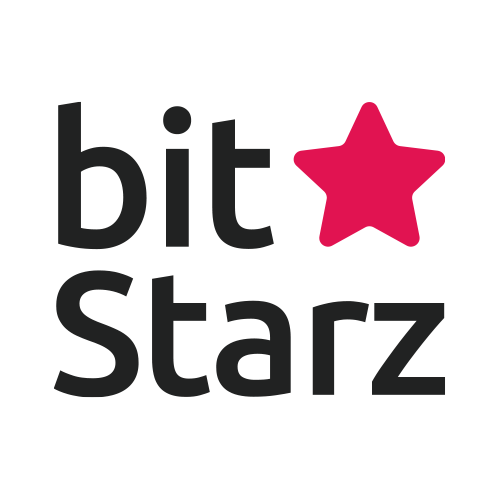Even more concerning to many was GHash’s apparent lack of interest in preventing the problem in the first place. For weeks, it had been clear that the pool was growing closer to controlling a majority of the hashrate. GHash wasn’t interested in preventing the panic that would follow a 51% scenario, or taking proactive measures to prevent such a problem. It seemed that GHash was either driven by blind greed or simply asleep at the wheel. It was only after the community itself fled the GHash pool that the company even issued a statement.
Speaking with Bitcoin Magazine, GHash and CEX.io Chief Information Officer Jeffrey Smith tells a different story. According to Smith, the problem was never GHash, as they never actually controlled 51% of anything. The miners always controlled the hashing power, and they opted to use GHash for their own reasons.
“It is quite rare when people sympathise [with] big companies, no matter which industry we are speaking about, sometimes even not trying to get into details,” Smith said. “CEX.IO does not control that much computational power. … [We] must deny that GHash.IO controlled 51% of the network for 12 hours. If there are any proofs, we would be glad to have a look at them.”
According to Smith, almost all of GHash’s share of the network hashing power comes from the pool’s 200,000 users. Those users chose to point their mining hardware at GHash’s pool for economic reasons, such as the lack of mining fees and daily payouts. GHash answers to those miners, and their continued success as a company depends on keeping those miners happy. To boot those same miners out of their network, or to otherwise break up GHash’s hashing power, because other people in the community fear a largely theoretical attack doesn’t make a lot of business sense. “[Why] would we betray those who have been mining at GHash.IO for such a long time?”
This doesn’t mean that GHash isn’t concerned with the 51% attack scenario or the problems of centralized mining. GHash recently called for a summit of major mining pools, hardware makers and the Bitcoin Foundation to find a workable solution to these issues.
“If the long-term solution had been in front of us, then the 51% issue would already have been solved,” Smith told Bitcoin Magazine. “Unfortunately, this is not how things look. For now, no matter which pool exceeds other ones in terms of market share, the problem still remains. That is why we decided to initiate discussion with the leading Bitcoin market players, Bitcoin Foundation and the largest Bitcoin mining pools, — to overcome the problem, which may harm Bitcoin, once and for all.”
In GHash’s case, the 51% issue may have sorted itself out through community backlash. Although the pool still controls 34% of the network hashrate and nearly 43 PH/s of hashing power, the 51% scenario prompted many smaller contributing pools and independent miners to investigate other options, such a p2pool.














